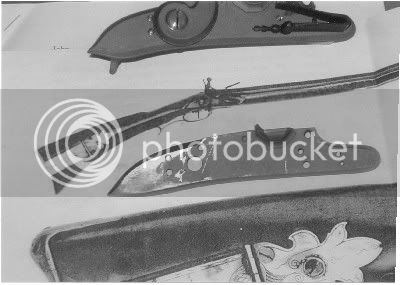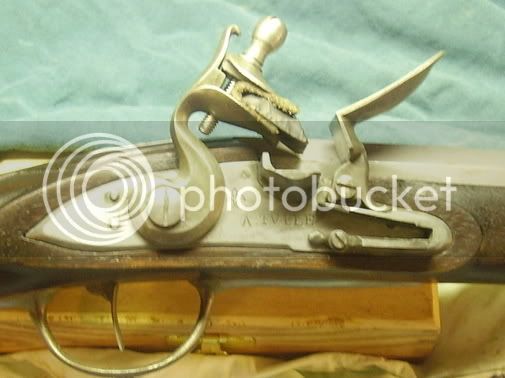I guess you had been served the sentence
" the more I learn , the more I know ... how ignorant
I really am " , when you were in school .
Well, there is a lot of truth to it when dealing
with French flintlock of the Nouvelle -France period .
We try to stick with one model , the " fusil de chasse
et de service " as it was the most common model.
Still , there are less than two dozen of such guns in
museums and private collections , out of those most
were either re-stocked or converted to percussion
and in the rest , there are a few fakes . We can find
other informations in archives and archeological research .
But one should be ready to make a little effort to
find the right stuff .
Just on this forum , in another discussion , someone
came with the " give me the right time of day "
kind of question , few month earlier someone else
asked a question and added " and do not tell me to read a book !"
Well , sorry , those guys are just missing a big part
of the fun . I did not study at the university
but when it comes to Tulle guns , I take great pleasure
( and pride ) to be able to discuss with historians
and museum curators . History is not written once and for
all times , and early gunsmithing is one area where
guys like us can make a valuable contribution to research ,
but we have to adopt equal or better ethics than historians
Taking one 's wishes for facts is not the way to go.
So , this is the way I see things , I guess TG has
a similar view , but I agree that it is not the only way
to have fun , if one just want to have a performant flint
lock gun , comfortable to shoot , there is no need
to spend days at the library . Just do not spend hours
telling me stories about French rifles of the F&I period.









